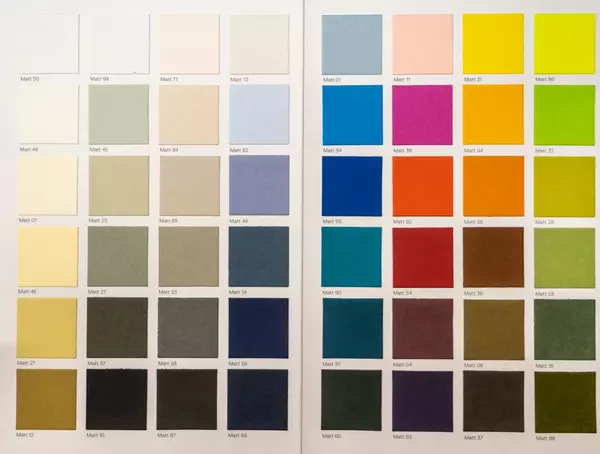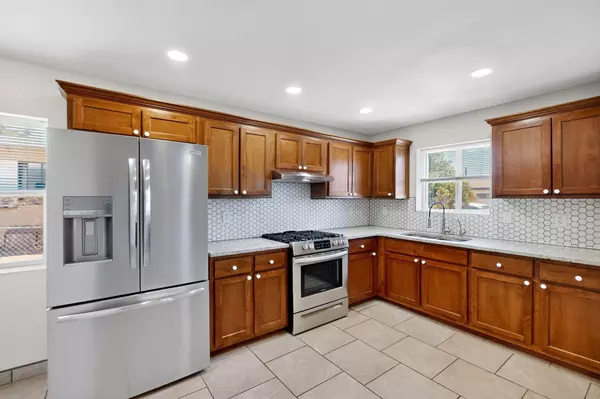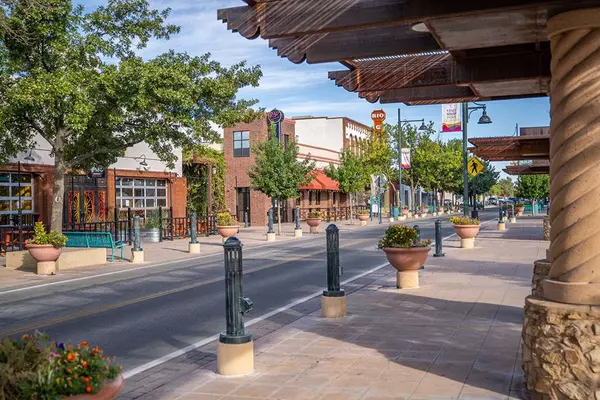The Basics of Buying a Home
Buying a home is an exciting journey, but it can also feel overwhelming if you’re not familiar with the process. Here’s a simple guide to help you understand the basics and get started on the path to homeownership.
1. Assess Your Financial Situation
Before you start looking at homes, take a close look at your finances. Determine how much you can afford by reviewing your income, savings, and expenses. It’s also a good idea to check your credit score, as this will impact your ability to get a mortgage and the interest rate you’ll receive.
2. Get Pre-Approved for a Mortgage
A mortgage pre-approval is an important step that shows sellers you’re a serious buyer. It involves a lender reviewing your financial information to determine how much they’re willing to lend you. Having a pre-approval letter can give you a competitive edge in a hot market.
3. Define Your Needs and Wants
Make a list of what you need and want in a home. Consider factors like location, size, number of bedrooms and bathrooms, and any special features you’d like. This will help narrow down your search and make it easier to find homes that meet your criteria.
4. Start House Hunting
With your pre-approval in hand and your list of needs and wants, you can start looking at homes. Work with a knowledgeable real estate agent who knows the local market. They can help you find properties that fit your criteria, arrange showings, and provide valuable insights.
5. Make an Offer
When you find a home you love, it’s time to make an offer. Your real estate agent will help you determine a fair price based on comparable homes in the area. They’ll also guide you through the negotiation process to ensure you get the best deal possible.
6. Get a Home Inspection
Once your offer is accepted, schedule a home inspection. This is a crucial step to identify any potential issues with the property. If the inspection reveals significant problems, you may need to renegotiate the price or ask the seller to make repairs.
7. Finalize Your Mortgage
With the inspection complete, you’ll work with your lender to finalize your mortgage. This involves providing additional documentation, getting an appraisal, and securing homeowner’s insurance. Be prepared for the closing costs, which can include fees for the appraisal, inspection, and more.
8. Close the Deal
The final step is the closing, where you’ll sign all the necessary paperwork and officially become a homeowner. At closing, you’ll pay your down payment and closing costs. Once everything is signed and the funds are transferred, you’ll receive the keys to your new home.
9. Move In
Congratulations, you’re now a homeowner! Moving in is the fun part—get settled, start decorating, and enjoy your new space. Remember, your real estate agent is still a valuable resource, so don’t hesitate to reach out if you have any questions or need recommendations for local services.
Buying a home is a significant milestone, and understanding the basics can help make the process smoother and more enjoyable. With the right preparation and a trusted real estate agent by your side, you’ll be well on your way to finding the perfect home for you and your family.
Recent Posts











